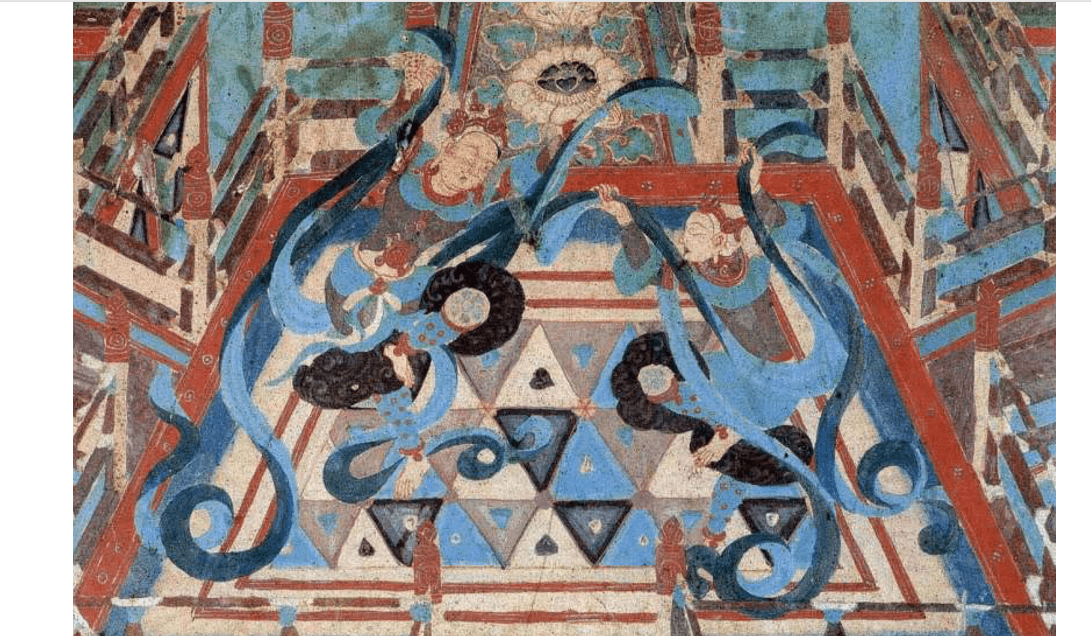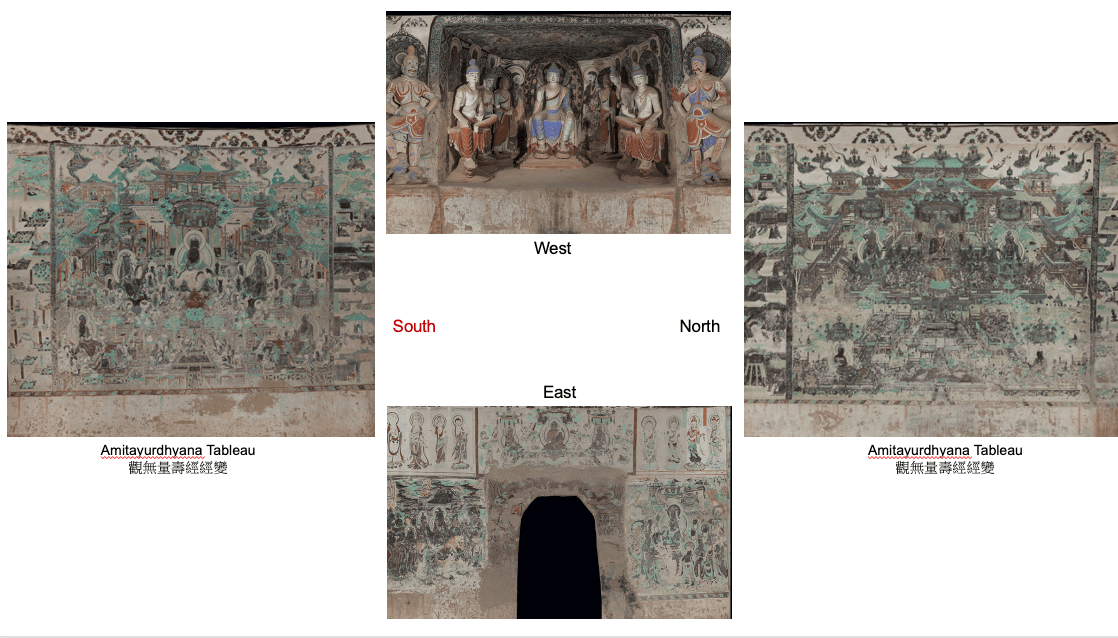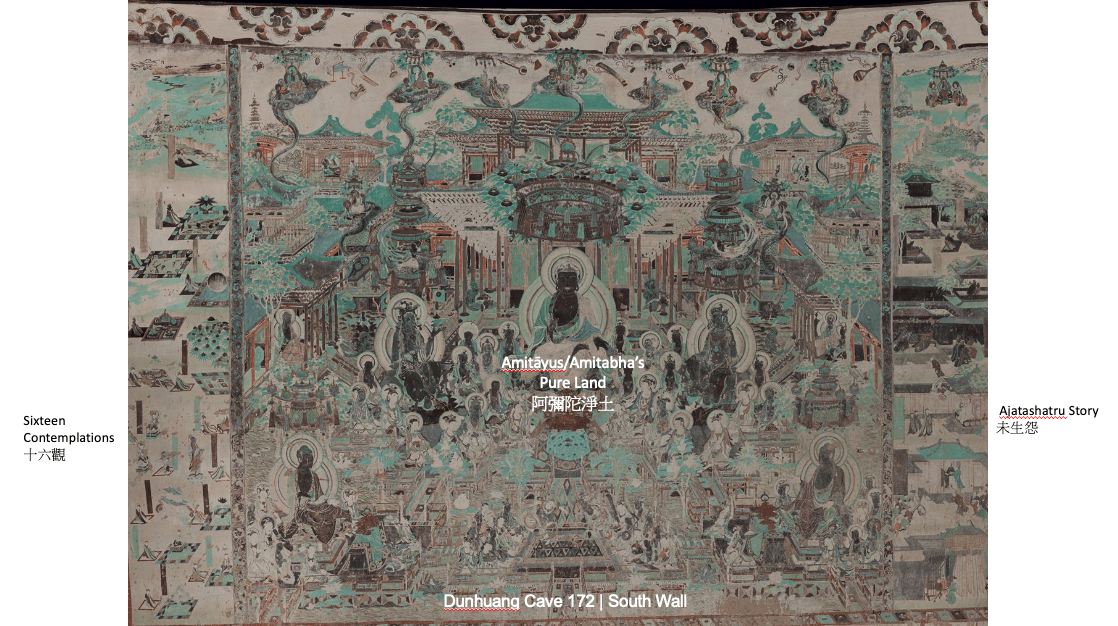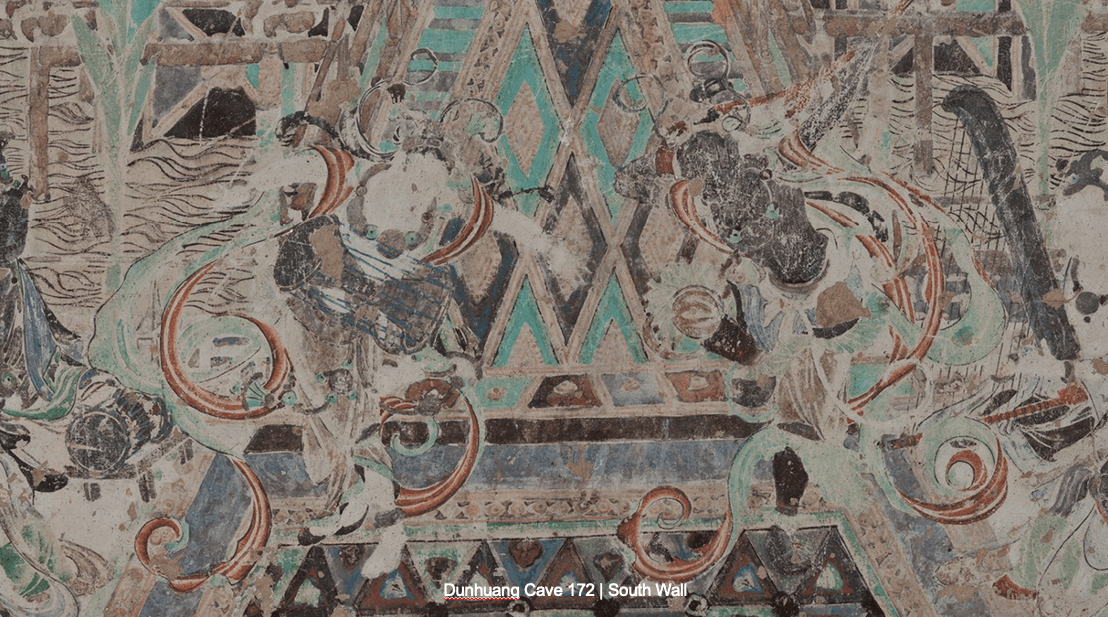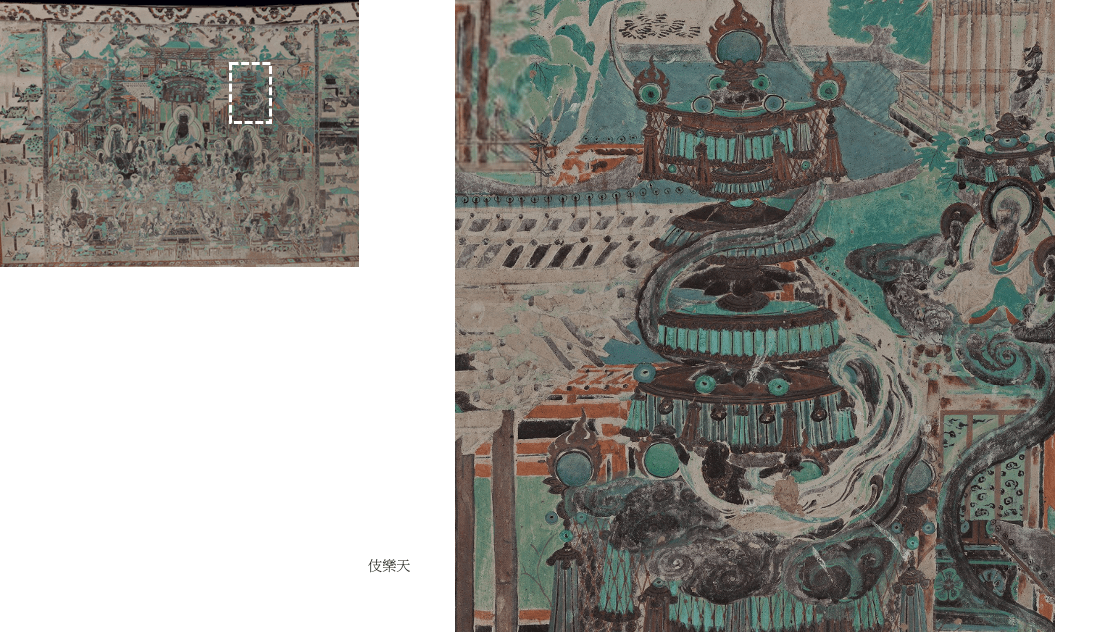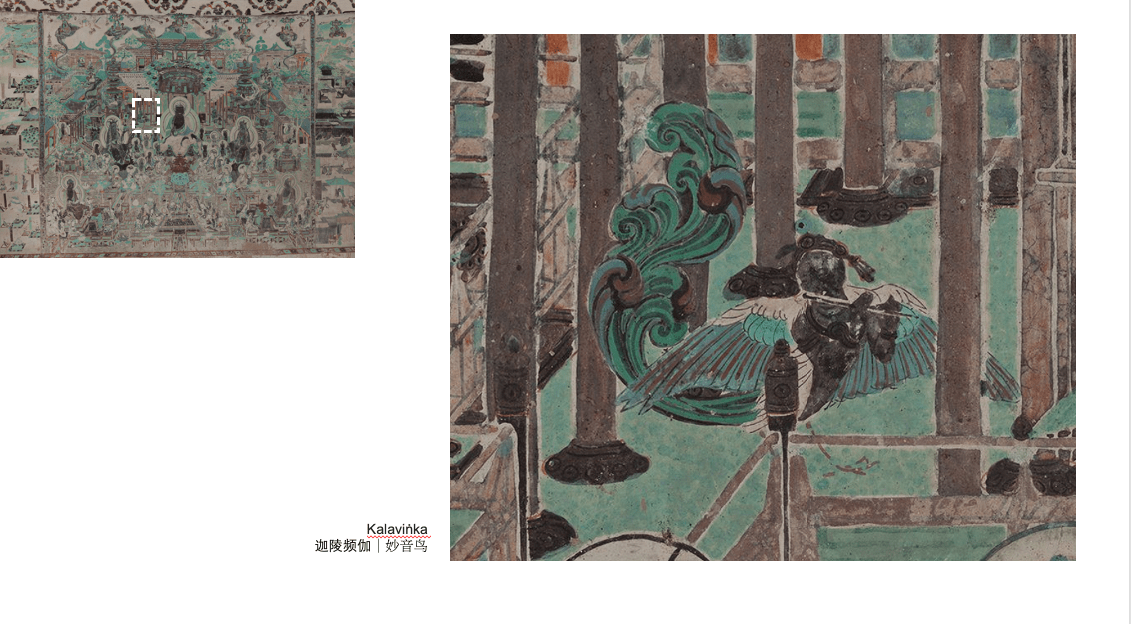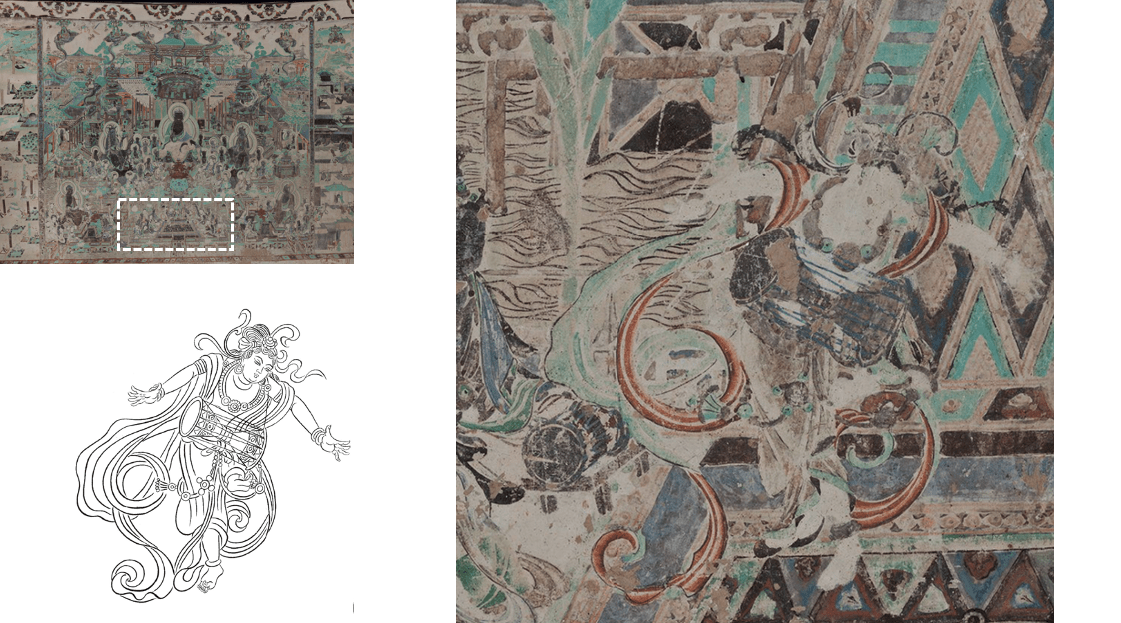The dancing apsaras in Buddhist visual culture have been widely celebrated for their ethereal beauty. Weightless and formless as flame and fragrance, the apsaras' dancing forms embodied the medieval fascination with bodily transcendence and numinous transformation. The CAMLab research team explores the Buddhist body theory that underlined the aesthetics of celestial dance in Medieval China. By tracing the formal evolution of apsaras' dance from the 6th century to the 9th century, our research unfolds a story of bodily aesthetics in Medieval China that was heavenly intertwined with soteriological imaginations.


